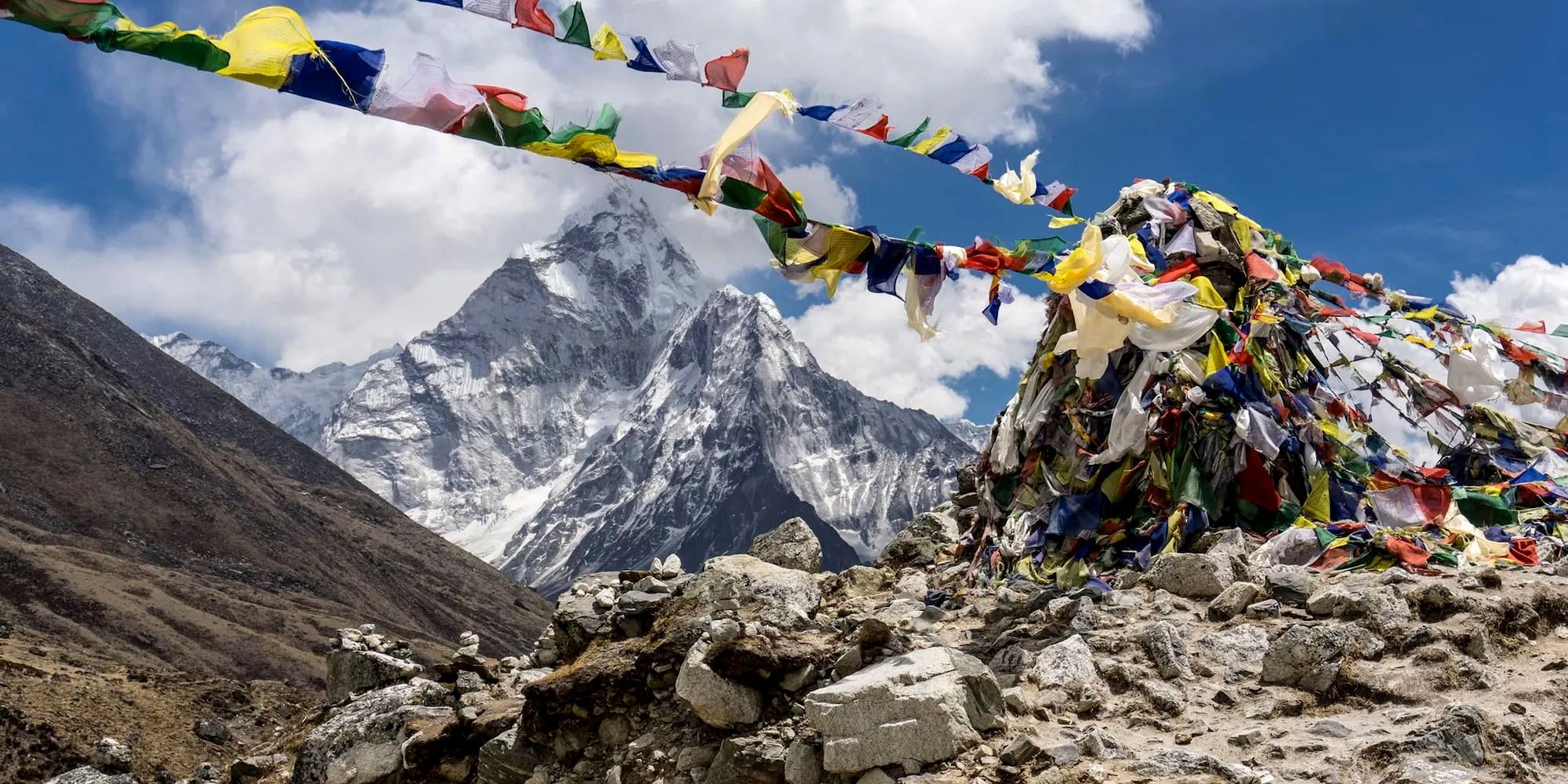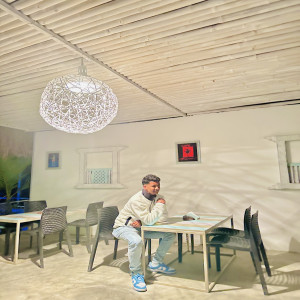Kathmandu Valley
Kathmandu Valley, the cultural and political heart of Nepal, offers an intriguing blend of historical grandeur, bustling urban life, and spiritual tranquility. This valley is enveloped by a ring of green mountain walls and dotted with terraced fields. It is home to three vibrant cities: Kathmandu, Patan, and Bhaktapur, each boasting its own unique attractions and atmosphere. Here are the key highlights and experiences of the Kathmandu Valley:
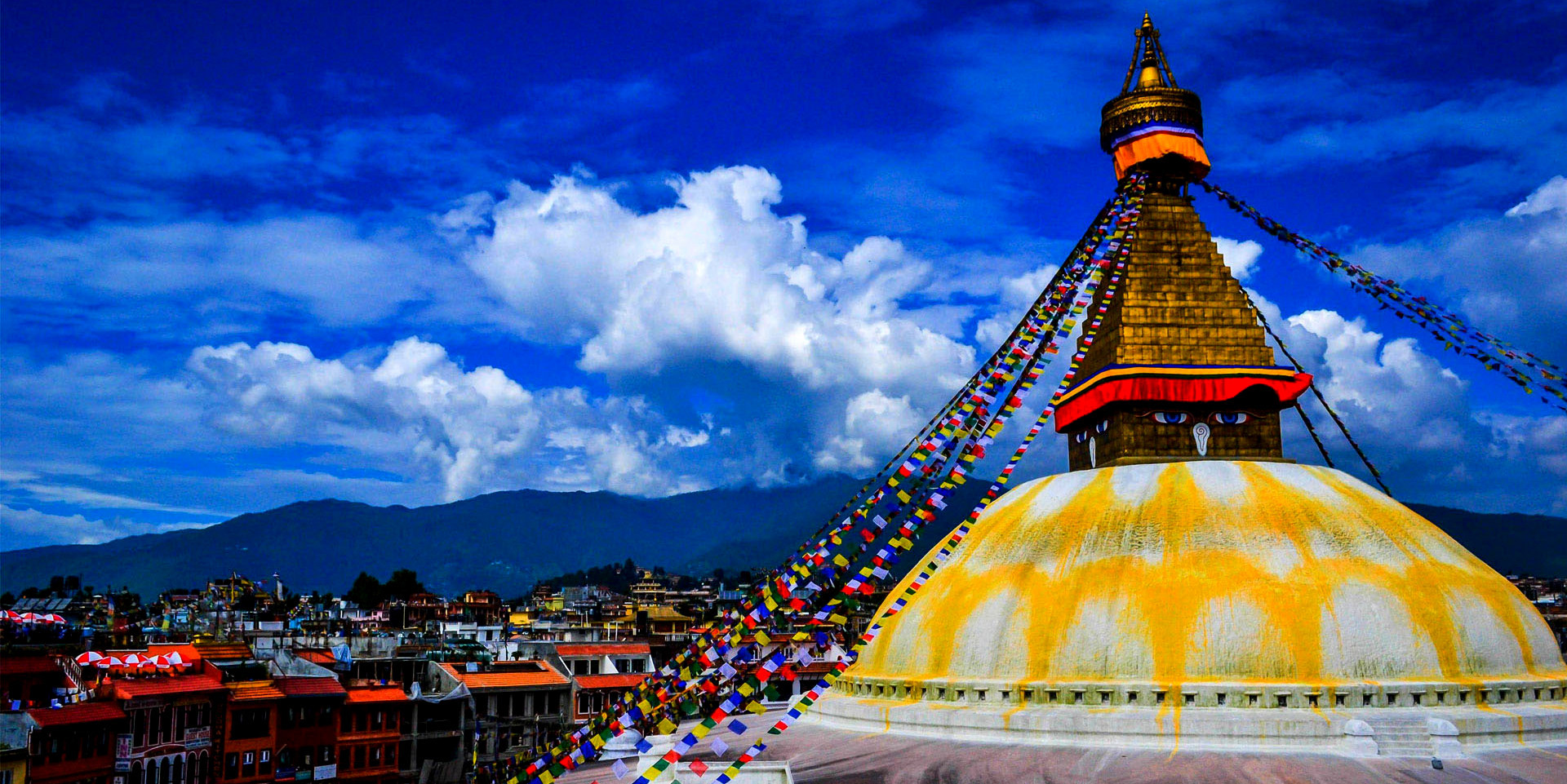
Historical and Cultural Sites
-
Kathmandu Durbar Square: Located in the heart of the old city, this UNESCO World Heritage site is a stunning display of architecture and history. It was the royal Nepalese residence until the 19th century and features palaces, courtyards, and temples built between the 12th and 18th centuries.
-
Swayambhunath Stupa (Monkey Temple): This ancient religious complex atop a hill in the Kathmandu Valley is widely known for its iconic stupa, panoramic views of the city, and the monkeys that inhabit the area. It's a significant site for both Buddhists and Hindus.
-
Pashupatinath Temple: This sacred Hindu temple dedicated to Lord Shiva is located on the banks of the Bagmati River. It is known for its beautiful architecture and serves as a venue for Hindu cremations.
-
Patan Durbar Square: Located in the city of Lalitpur, it is famous for its intricately carved wooden windows and panels. Patan is also renowned for its artisan traditions, particularly in bronze and silver crafts.
-
Bhaktapur Durbar Square: Known for its exquisite art, culture, and festivals, Bhaktapur offers a more medieval experience. The square is home to the famous Nyatapola Temple and the Golden Gate, which lead to the palace of fifty-five windows.
Cultural Experience
-
Art and Craft Workshops: Participate in local workshops in Patan, where you can learn about traditional crafts like pottery making, wood carving, and Thangka painting.
-
Festivals: The Kathmandu Valley is vibrant with festivals throughout the year, with major events like Indra Jatra and Dashain, giving visitors a deep dive into the cultural fabric of Nepali life.
Culinary Delights
-
Newari Cuisine: Don't miss out on traditional Newari food, which is indigenous to the Kathmandu Valley. Dishes like momo (dumplings), bara (lentil pancakes), and choila (spiced grilled meat) offer a taste of local flavors.
Shopping and Leisure
- Thamel: This tourist hub is great for shopping and nightlife. It offers a wide range of shops selling everything from trekking gear to handmade crafts, as well as numerous bars and restaurants.
Nature and Scenery
-
Garden of Dreams: A neoclassical historical garden in Kathmandu, perfect for a stroll or a peaceful break from the city's hustle.
-
Shivapuri Nagarjun National Park: This offers hiking and bird-watching opportunities close to the city, with trails leading to Shivapuri Peak, providing splendid views of the surrounding area.
Exploring Kathmandu Valley can be a profound journey through layers of history, adorned with rich traditions and vibrant daily life. Whether you're wandering through ancient courtyards, participating in a local festival, or simply soaking in the natural beauty that surrounds the valley, Kathmandu offers an unforgettable experience.
Pokhara
Pokhara is a serene gem nestled in the lap of the Annapurna range, renowned for its stunning natural beauty and relaxed atmosphere. This city, the second-largest in Nepal, serves as a gateway to the treks in the Annapurna area, but it is also a delightful destination in its own right, with a plethora of activities and attractions for visitors. Here’s what makes Pokhara a must-visit for any traveler:
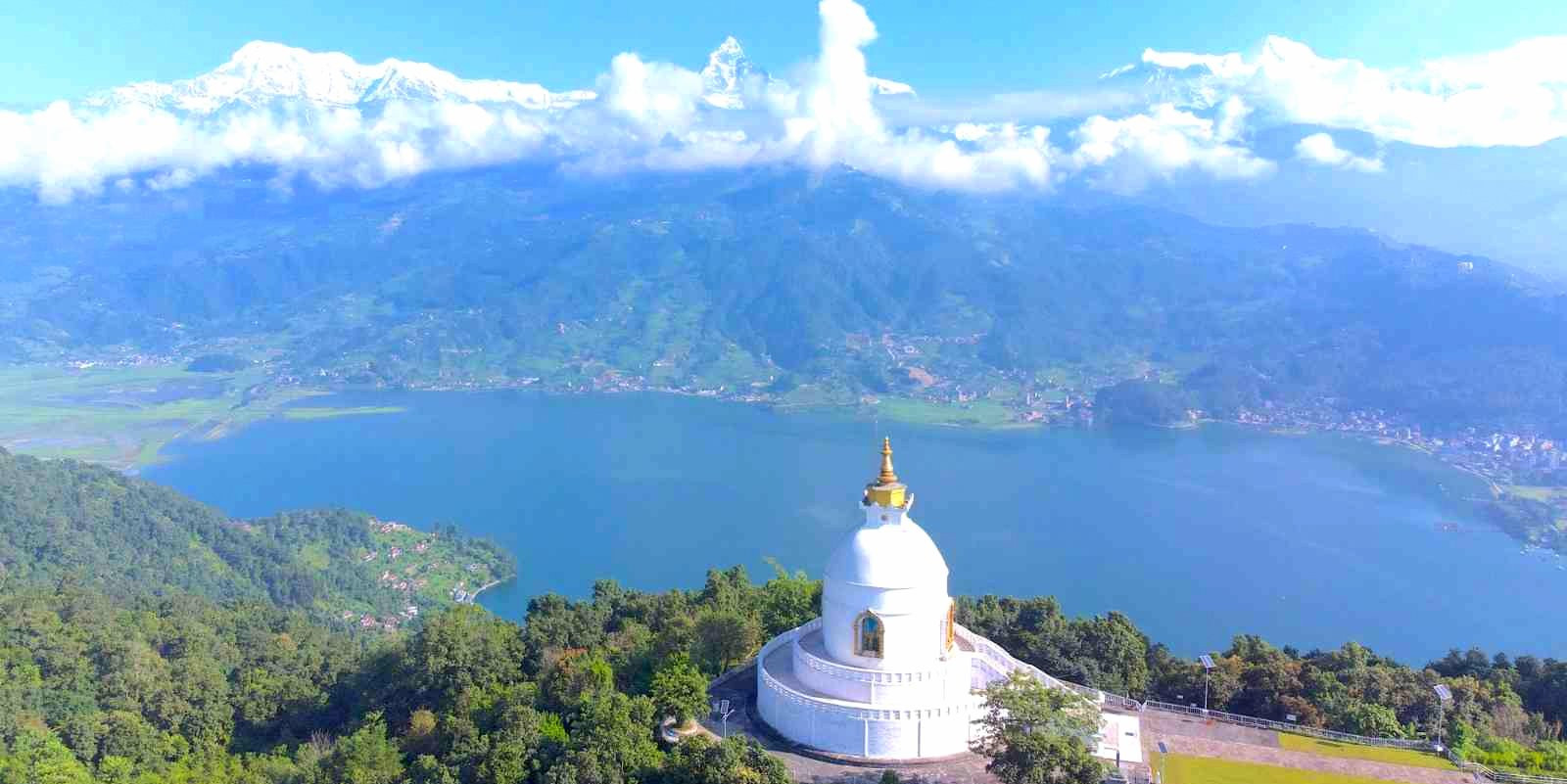
Natural Attractions
-
Phewa Lake: The heart of Pokhara is the beautiful Phewa Lake, where visitors can enjoy boating while taking in the magnificent reflection of the Machhapuchhre Peak in the lake’s mirror-like water. The lakeside area is vibrant with shops and cafes, providing a perfect backdrop for leisurely walks or relaxing evenings.
-
Sarangkot: A short drive from Pokhara, Sarangkot offers spectacular sunrise and sunset views over the Himalayas. It’s also a popular take-off point for paragliders who soar over the lake and city, enjoying unparalleled views of the mountains and valleys.
-
Davis Falls: A unique waterfall that flows directly into a deep and narrow canal which has no end in sight. The mystery and beauty of Davis Falls make it a popular stop for visitors.
-
World Peace Pagoda: Built atop a hill overlooking Phewa Lake, the World Peace Pagoda is accessible by hiking or by boat followed by a hike, and offers panoramic views of the lake, city, and mountains. It’s a symbol of peace and a wonderful vantage point for photographs.
Adventure Sports
-
Paragliding: Take off from Sarangkot and glide over the stunning landscapes of Pokhara, a highlight for adventure enthusiasts.
-
Zip-lining: Experience one of the world’s steepest, tallest, and longest zip-lines, offering a thrilling ride with a backdrop of incredible mountain scenery.
-
Trekking: Pokhara is the starting point for famous treks such as the Annapurna Circuit and the trek to Annapurna Base Camp, offering routes for both novice hikers and seasoned trekkers.
Cultural Experiences
-
Gurkha Memorial Museum: This museum offers insights into the famous Gurkha soldiers and their contributions to global military history.
-
Tibetan Refugee Settlements: Learn about the culture and crafts of the Tibetan communities in Pokhara. Tibetan handicrafts, especially carpets, are highly sought after.
Relaxation and Leisure
-
Spa and Wellness: After a trek or a day of sightseeing, indulge in some rejuvenation at one of Pokhara’s many spas offering traditional massages and treatments.
-
Cafes and Restaurants: The Lakeside area is lined with eateries catering to all tastes, from traditional Nepali dishes to international cuisines, perfect for a relaxed meal with views of Phewa Lake.
Exploring Further
- Begnas Lake and Rupa Lake: Located a bit away from the main city, these quieter lakes are ideal for those looking to escape the relatively busier scene of Phewa Lake.
Pokhara not only captivates with its natural beauty but also offers a laid-back yet vibrant atmosphere, making it a perfect place to unwind and rejuvenate amidst nature. Whether you’re seeking adventure, peace, or simply a beautiful landscape to explore, Pokhara promises an experience that combines the best of nature, culture, and adventure.
Chitwan National Park
Chitwan National Park, Nepal's first national park, stands as a beacon of biodiversity and a standout destination for wildlife enthusiasts. Located in the Terai lowlands of Nepal, it is easily accessible from Kathmandu and Pokhara, making it a popular choice for both short visits and extended stays. Here’s a detailed look at what makes Chitwan National Park a must-visit for anyone traveling to Nepal:
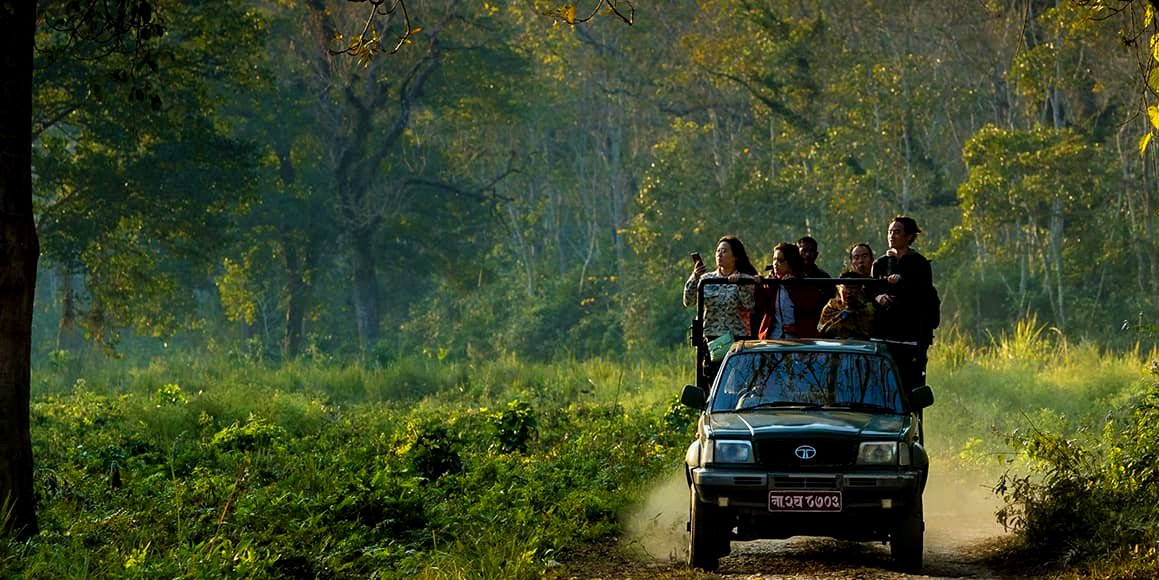
Wildlife and Safari Experiences
-
Jungle Safaris: Chitwan offers some of the best wildlife viewing opportunities in Asia. You can choose between an elephant-back safari, a jeep safari, or even a canoe trip along the Rapti River. These safaris offer a chance to spot the park’s diverse fauna, including the rare one-horned rhinoceros, Bengal tigers, leopards, sloth bears, and gharial crocodiles.
-
Bird Watching: With over 500 species of birds, Chitwan is a paradise for bird watchers. The best time for bird watching is during the winter months when migratory species visit the park.
Cultural Interaction
- Tharu Villages: The local Tharu community, known for their resilience and their unique culture, offers a cultural tour experience where visitors can learn about their traditional ways of life, including their distinctive mud and bamboo homes and their folk dances.
Conservation Efforts
-
Elephant Breeding Center: This center is dedicated to increasing the population of elephants within Nepal. Visitors can learn about the efforts to breed and care for these majestic creatures and sometimes even witness baby elephants.
-
Gharial Breeding Center: Focused on the conservation of the endangered gharial crocodile, this facility offers insights into the breeding and rehabilitation efforts for these unique reptiles.
Adventure Activities
-
Canoeing: A serene yet thrilling way to explore the Rapti River, canoeing offers a close view of aquatic life and birds along the banks. It’s a peaceful way to enjoy the natural surroundings.
-
Jungle Walks: For those who want a closer look at the flora and fauna, guided jungle walks can be an enlightening experience. These walks allow for a more personal interaction with the park’s natural elements.
Accommodation and Facilities
- Resorts and Lodges: Chitwan hosts a range of accommodation options, from luxury lodges to budget-friendly guesthouses, many of which offer inclusive safari packages and are equipped with modern amenities to ensure a comfortable stay.
Best Time to Visit
- The best time to visit Chitwan National Park is from October to March, when the weather is cooler and visibility is best. The summer months can be extremely hot, while the monsoon season from June to September brings heavy rains that might restrict movement and visibility.
Chitwan National Park not only offers a retreat into nature but also an educational journey highlighting the importance of wildlife conservation. Whether you are an avid wildlife photographer, a nature lover, or simply looking for an adventurous escape, Chitwan provides a comprehensive and fulfilling outdoor experience, making it a cornerstone in the exploration of Nepal’s natural heritage.
Lumbini
Lumbini, recognized as the birthplace of Lord Buddha, Siddhartha Gautama, is a profoundly significant spiritual site not only for Buddhists but also for visitors interested in the origins of one of the world's major religions. Located in the Rupandehi District of the Lumbini Province in Nepal, this UNESCO World Heritage Site attracts pilgrims and tourists from around the world looking to experience its tranquil and reverential atmosphere. Here’s what makes Lumbini a must-visit for those exploring Nepal:
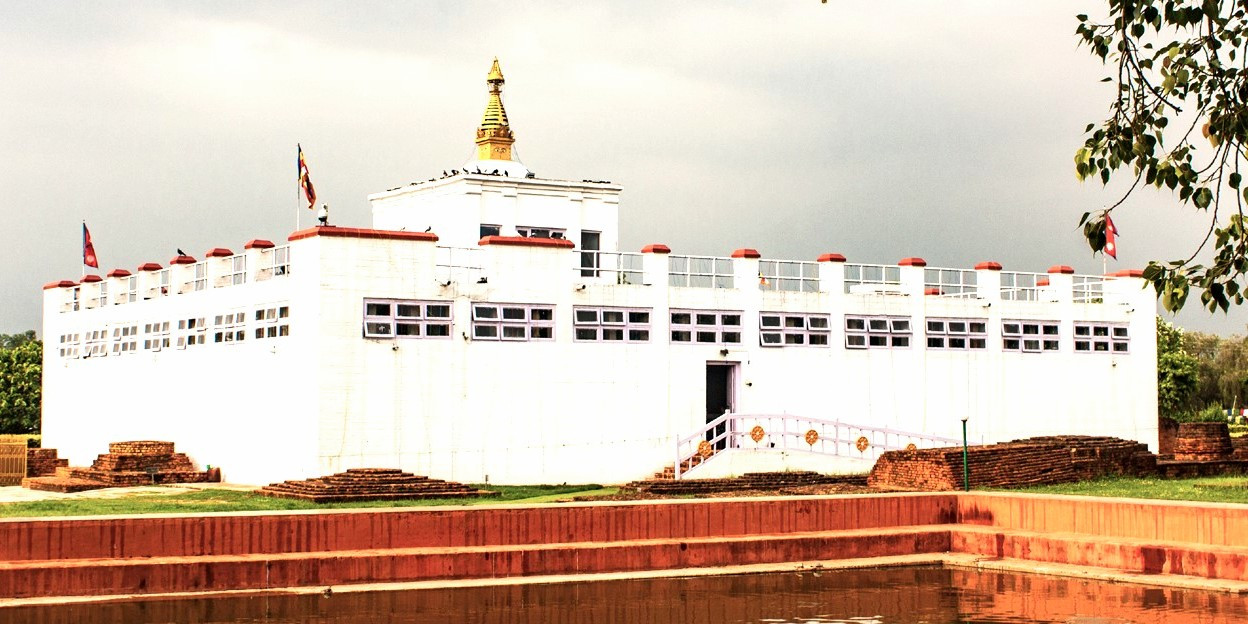
Historical and Spiritual Significance
-
Mayadevi Temple: Central to the Lumbini complex, this temple stands on the exact spot where Queen Mayadevi is said to have given birth to Siddhartha Gautama in 623 BC. Visitors can see ancient inscriptions and relics, including the famous Marker Stone that pinpoints the precise birth spot within the temple.
-
Sacred Garden: Surrounding the Mayadevi Temple, this peaceful area features a pond where Mayadevi is said to have bathed before giving birth, and where Siddhartha also had his first bath. Pilgrims and visitors walk around the garden, meditating and reflecting.
Cultural and Architectural Marvels
-
Monastic Zone: Lumbini is divided into an eastern zone, which houses Theravadin monasteries, and a western zone, home to Mahayana and Vajrayana monasteries. Each monastery reflects the architectural style of its respective country, offering a unique global perspective on Buddhist architectural and artistic traditions.
-
Lumbini International Research Institute: This facility offers resources and information on Buddhism and its history, providing deeper insights for visitors interested in the academic aspects of Buddhism.
Peace and Meditation
-
The Lumbini Peace Pagoda: Built by the Japanese Nipponzan-Myohoji Order, this pagoda is one of many such structures around the world intended to inspire peace. Visitors often spend time here meditating and enjoying the serene environment.
-
Meditation Centers: Several centers offer retreats and meditation sessions, which can be a profound personal experience in the spiritual atmosphere of Lumbini.
Modern Developments
-
Lumbini Development Trust: This organization is responsible for the maintenance and development of the Lumbini site, ensuring that its sanctity and aesthetic are preserved while accommodating the growing number of visitors.
-
Museums and Cultural Centers: The site also features museums that display artifacts related to Buddhist history and the life of the Buddha, enriching the visitor experience with historical context.
Best Time to Visit
- The best time to visit Lumbini is from November to March, when the weather is cooler and more comfortable for exploration. The monsoon season should be avoided due to heavy rains and potential flooding in the region.
Visiting Lumbini offers a unique combination of spiritual enrichment, cultural insights, and peaceful retreat. Whether you are following the Buddhist path or simply interested in the historical and spiritual aspects of the place, Lumbini provides a profound and meaningful experience in the exploration of Nepal’s diverse spiritual landscape.
Annapurna Region
The Annapurna Region in Nepal is renowned worldwide as a trekker's paradise, offering some of the most beautiful and accessible hiking trails on the planet. Situated in North Central Nepal, it includes several peaks over 7,000 meters, including the famous Annapurna I, which is the 10th highest peak in the world. This region is not only a haven for adventure enthusiasts but also a vibrant tapestry of cultures, providing a scenic and cultural experience that is unmatched. Here’s why the Annapurna Region is a must-visit for anyone traveling to Nepal:
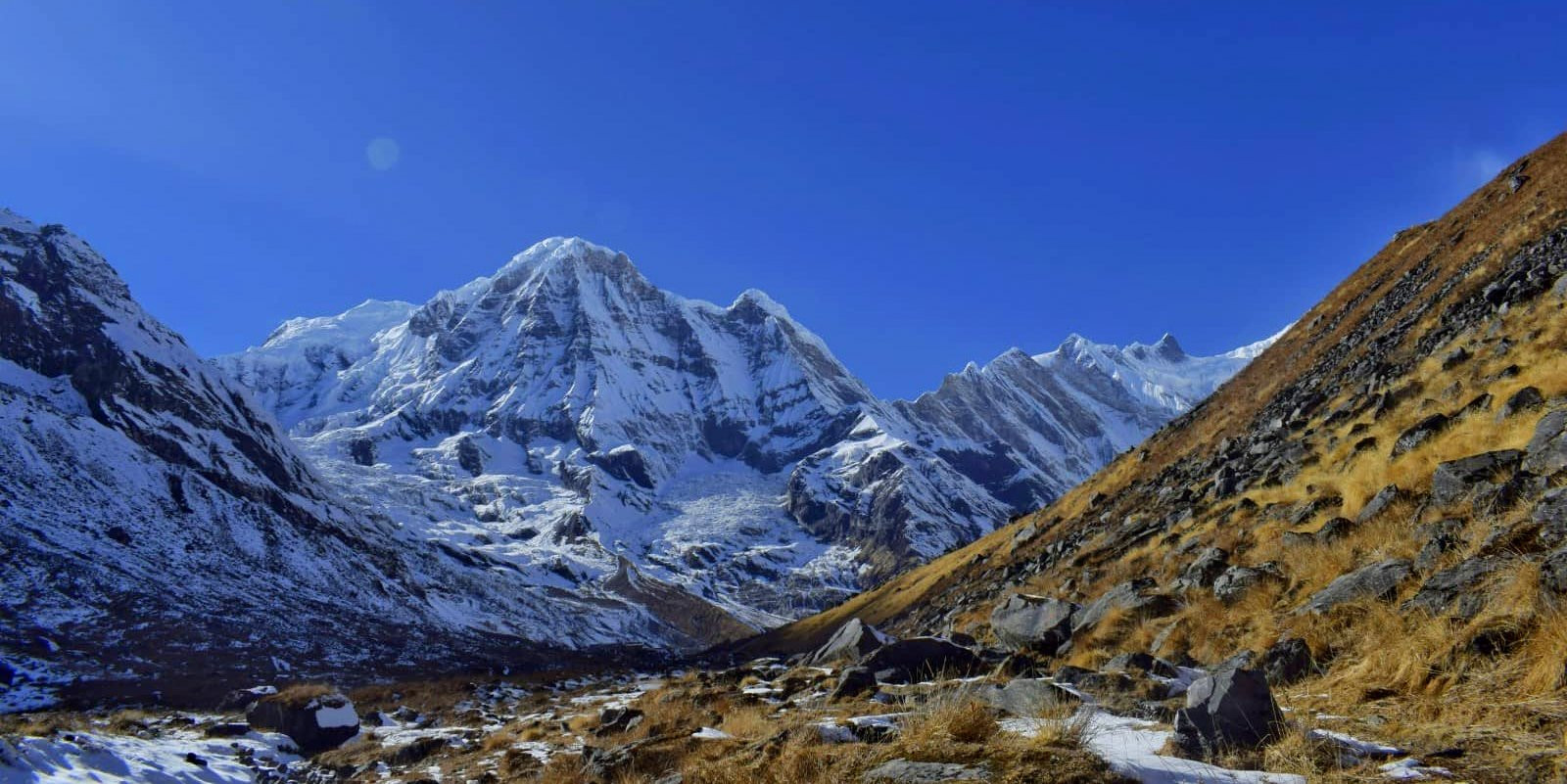
Diverse Trekking Routes
-
Annapurna Circuit: This classic trek circles the entire Annapurna massif, offering an incredibly diverse range of landscapes from lush subtropical forests to the arid high mountain desert. The trek typically takes about 12-21 days, depending on the starting point and the itinerary speed.
-
Annapurna Base Camp (ABC) Trek: Also known as the Annapurna Sanctuary Trek, this route leads to the base camp of Annapurna I. It is shorter and less strenuous than the Circuit but equally rewarding, with dramatic views of steeply cascading rice terraces and closer encounters with local cultures.
-
Ghorepani Poon Hill Trek: Ideal for those who are looking for a shorter trek, this route is known for its spectacular sunrise views over the Annapurna and Dhaulagiri ranges. It’s a great option for beginners and those with limited time, typically taking about 4-5 days.
Cultural Experience
- Gurung and Thakali Villages: The trail passes through various ethnic villages, where trekkers can experience the local lifestyle and hospitality. The Gurung village of Ghandruk and the Thakali village of Tukuche are particularly notable for their cultural richness and traditional architecture.
Flora and Fauna
-
Rhododendron Forests: In spring, the hillsides and forests of the lower Annapurna region burst into a spectacular display of blooming rhododendrons of various hues.
-
Wildlife: While the region is not primarily known for wildlife, it is home to species such as the snow leopard, Himalayan Tahr, and various birds.
Natural Beauty
-
Hot Springs: The natural hot springs at Jhinu Danda are a popular stop where trekkers can relax sore muscles in soothing waters after days of hiking.
-
Kali Gandaki Gorge: The trek passes through the deepest gorge in the world, which offers awe-inspiring views and a unique natural experience.
Sustainable Tourism
- Conservation Efforts: The Annapurna Conservation Area Project (ACAP) works to protect the region’s biodiversity and promote sustainable tourism practices that benefit local communities.
Best Time to Visit
- Pre-monsoon (March to May) and post-monsoon (September to November) periods offer the best weather conditions for trekking. The skies are generally clear, and the views are spectacular, although these times can also be the busiest.
Trekking in the Annapurna Region is more than just an adventure; it's an immersion into a breathtaking landscape that offers a profound sense of scale and beauty. Whether you are a seasoned trekker looking for your next challenge or a novice eager to experience high mountain landscapes, the Annapurna Region promises an unforgettable journey.
Everest Base Camp
Everest Base Camp trek is arguably the most famous trekking route in the world, offering adventurers the chance to come face to face with the highest peak on Earth—Mount Everest (Sagarmatha). This trek not only presents a formidable challenge but also immerses trekkers in the stunning landscapes and rich cultural tapestry of the Khumbu region. Here’s what makes the Everest Base Camp (EBC) trek an iconic adventure:
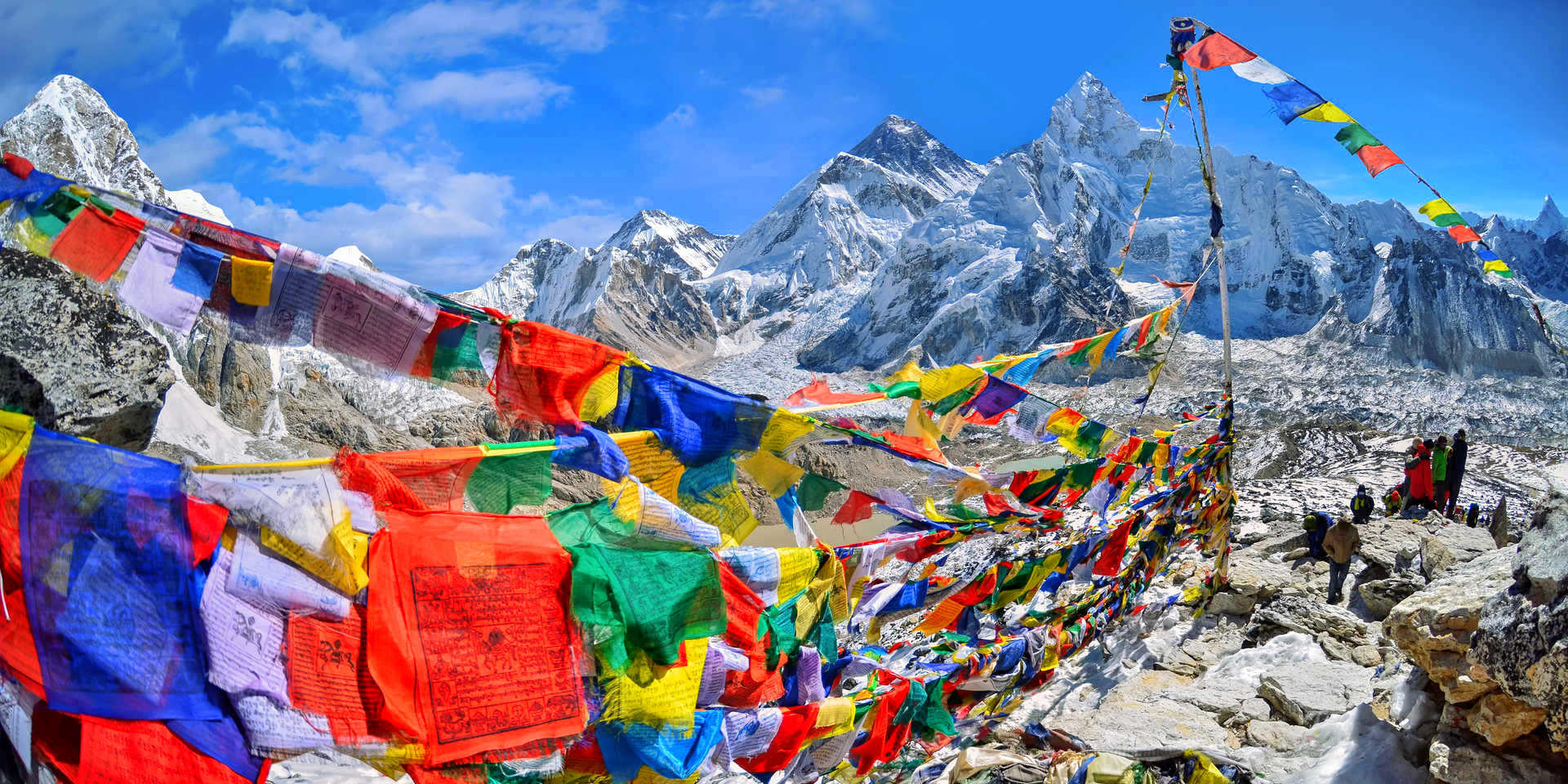
Trek Highlights and Experiences
-
Namche Bazaar: Often referred to as the gateway to the high Himalayas, this vibrant town is a crucial acclimatization stop. It offers trekkers a mix of modern amenities nestled in traditional settings, including cafes, gear shops, and local markets.
-
Tengboche Monastery: Located at 3,867 meters, this is one of the largest and most famous monasteries in the Khumbu region. It offers panoramic views of the Himalayan giants, including Everest, Ama Dablam, and Lhotse.
-
Kala Patthar: Although not part of Everest itself, this landmark offers the best accessible view of Everest. Climbing Kala Patthar is a common goal for many trekkers, as it provides a breathtaking, up-close view of the Everest summit.
-
Everest Base Camp: The base camp itself is situated at an altitude of 5,364 meters and provides a spectacular view of the Khumbu Icefall. Reaching the base camp gives trekkers a profound sense of achievement and the unique opportunity to witness the harsh yet majestic beauty of the world’s highest peak up close.
Cultural Interaction
- Sherpa Culture: The trek goes through the heart of Sherpa country, where trekkers can learn about the rich cultural heritage of the Sherpa people, known for their mountaineering prowess and their unique traditions and festivals.
Flora and Fauna
- Sagarmatha National Park: The trek traverses this UNESCO World Heritage Site, home to several rare species like the snow leopard and the Himalayan black bear, as well as a variety of bird species like the Impeyan pheasant, Nepal’s national bird.
Physical Challenge and Preparation
-
High Altitude: Trekking to Everest Base Camp is physically demanding due to the high altitude, requiring careful acclimatization to avoid altitude sickness.
-
Training: Adequate physical preparation is essential, involving cardiovascular and strength training, to handle long days of trekking in varied and often challenging terrain.
Sustainable Tourism
- Eco-friendly Practices: Trekkers are encouraged to follow Leave No Trace principles to minimize their environmental impact in this sensitive ecosystem.
Best Time to Visit
- Pre-monsoon (March to May) and post-monsoon (September to November) are the best times to undertake this trek. The weather is generally stable and clear, offering the best views and a safer experience.
The Everest Base Camp trek is more than just a hiking adventure; it's a journey into the heart of the Himalayas. It challenges both the body and the spirit, all while offering some of the most stunning landscapes and rich cultural insights into the lives of the mountain communities of Nepal. For many, it’s a once-in-a-lifetime experience that leaves lasting memories of the awe-inspiring grandeur of the world’s tallest peak.
Bhaktapur
Bhaktapur, often referred to as Bhadgaon or Khwopa, is a true cultural gem located in the Kathmandu Valley of Nepal. This ancient city is renowned for its authentic preservation of the medieval arts, architecture, culture, and lifestyle. As one of the three royal cities in the Kathmandu Valley, Bhaktapur boasts an impressive array of historical and cultural attractions, making it a must-visit for anyone interested in exploring Nepal's rich heritage. Here’s what makes Bhaktapur a unique destination:
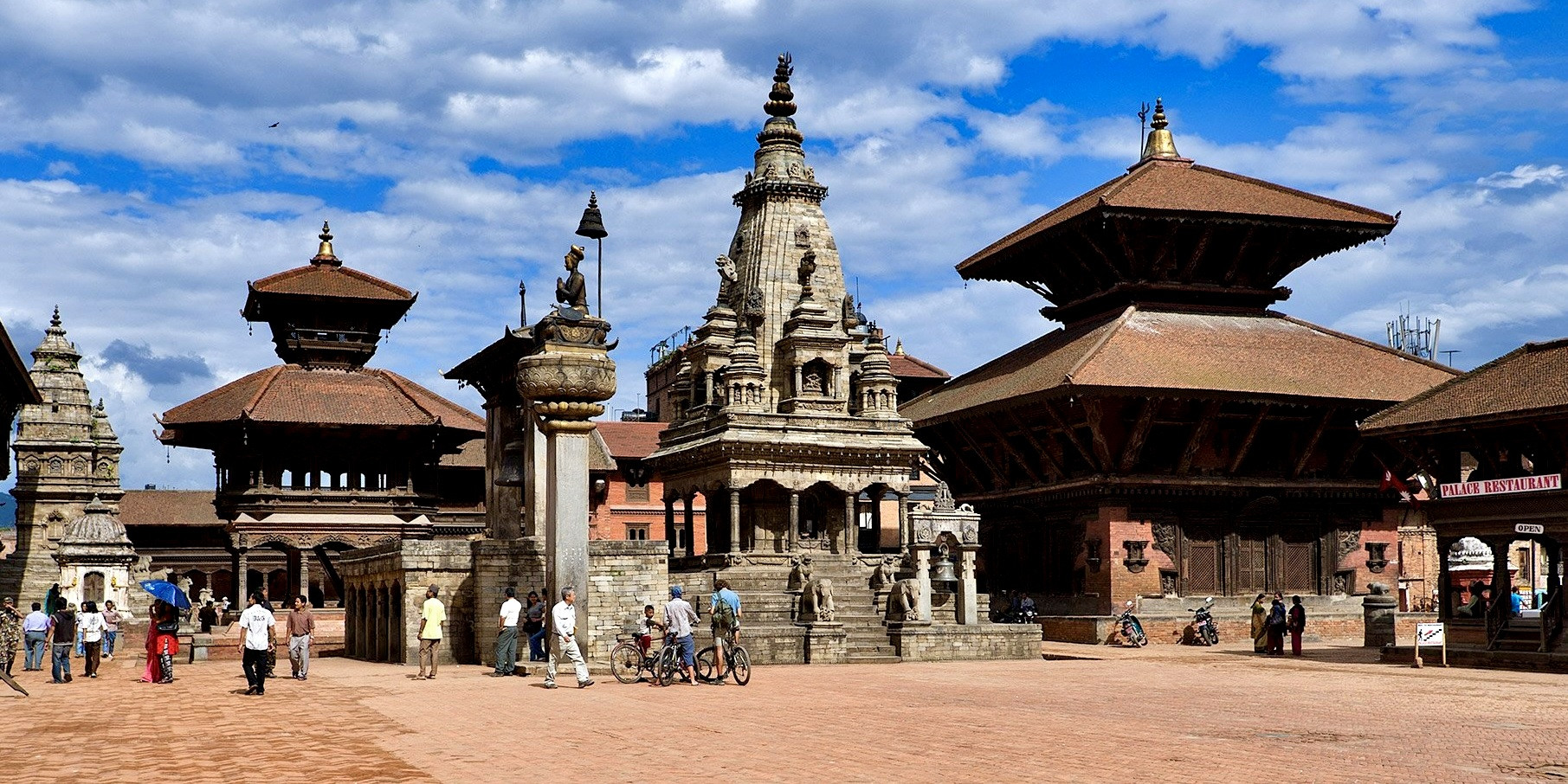
Historical and Architectural Significance
-
Bhaktapur Durbar Square: The heart of Bhaktapur, this square is a UNESCO World Heritage Site filled with palaces, courtyards, temples, and statues dating back to the 12th to 18th centuries. Key attractions include the 55-Window Palace, the Golden Gate, and the Lion's Gate.
-
Nyatapola Temple: This five-storied pagoda, built in 1702, is the tallest temple in Nepal and is admired for its massive structure and intricate artworks. It stands in Taumadhi Square and is dedicated to Siddhi Lakshmi, a manifestation of the goddess Durga.
-
Dattatreya Temple: Believed to have been built from a single piece of wood, this temple is dedicated to Dattatreya, a deity that is an amalgamation of the Hindu trinity of Brahma, Vishnu, and Shiva.
Cultural Experience
-
Pottery Square: Here, visitors can observe potters at work using traditional techniques passed down through generations. Tourists can also try their hands at pottery, making this an interactive cultural experience.
-
Traditional Festivals: Bhaktapur is famous for its vibrant festivals, such as Bisket Jatra, Gai Jatra, and Bhairav Jatra, which provide deep insights into the local culture and traditions.
Local Crafts and Cuisine
-
Thangka Paintings and Woodcrafts: Bhaktapur is known for its artisans who specialize in Thangka paintings and intricate woodcarvings that are evident throughout the city’s architecture.
-
Juju Dhau (King Yogurt): Don’t miss trying this creamy, sweet yogurt that is a local specialty, traditionally served in clay bowls.
Preservation Efforts
- Heritage Conservation: Bhaktapur is a model for heritage conservation in Nepal. The city has managed to preserve its ancient feel, with local efforts focused on maintaining traditional architecture and practices.
Transportation and Accessibility
- Location: Bhaktapur is conveniently located about 13 kilometers east of Kathmandu, making it easily accessible by road in about 30-40 minutes from the capital.
Best Time to Visit
- October to March offers pleasant weather, making it the best time to explore the city comfortably. The monsoon season from June to September can be less than ideal due to heavy rains.
Visiting Bhaktapur is like stepping back in time. The city’s atmosphere is remarkably well-preserved, offering visitors a vivid glimpse into Nepal’s medieval past. Its rich culture, exquisite crafts, and ancient architecture make Bhaktapur not just a stop but a highlight of any Nepalese adventure. Whether you are an art lover, a history enthusiast, or simply a curious traveler, Bhaktapur promises a profound and enriching experience.
Nagarkot
Nagarkot, located approximately 32 kilometers east of Kathmandu, is celebrated primarily for its panoramic views of the Himalayas, including Mount Everest and other peaks of the eastern Nepal Himalayas. This charming village is perched at an altitude of about 2,195 meters and is a popular spot for those seeking natural beauty and tranquility without straying too far from the capital. Here’s what makes Nagarkot a special destination for visitors to Nepal:
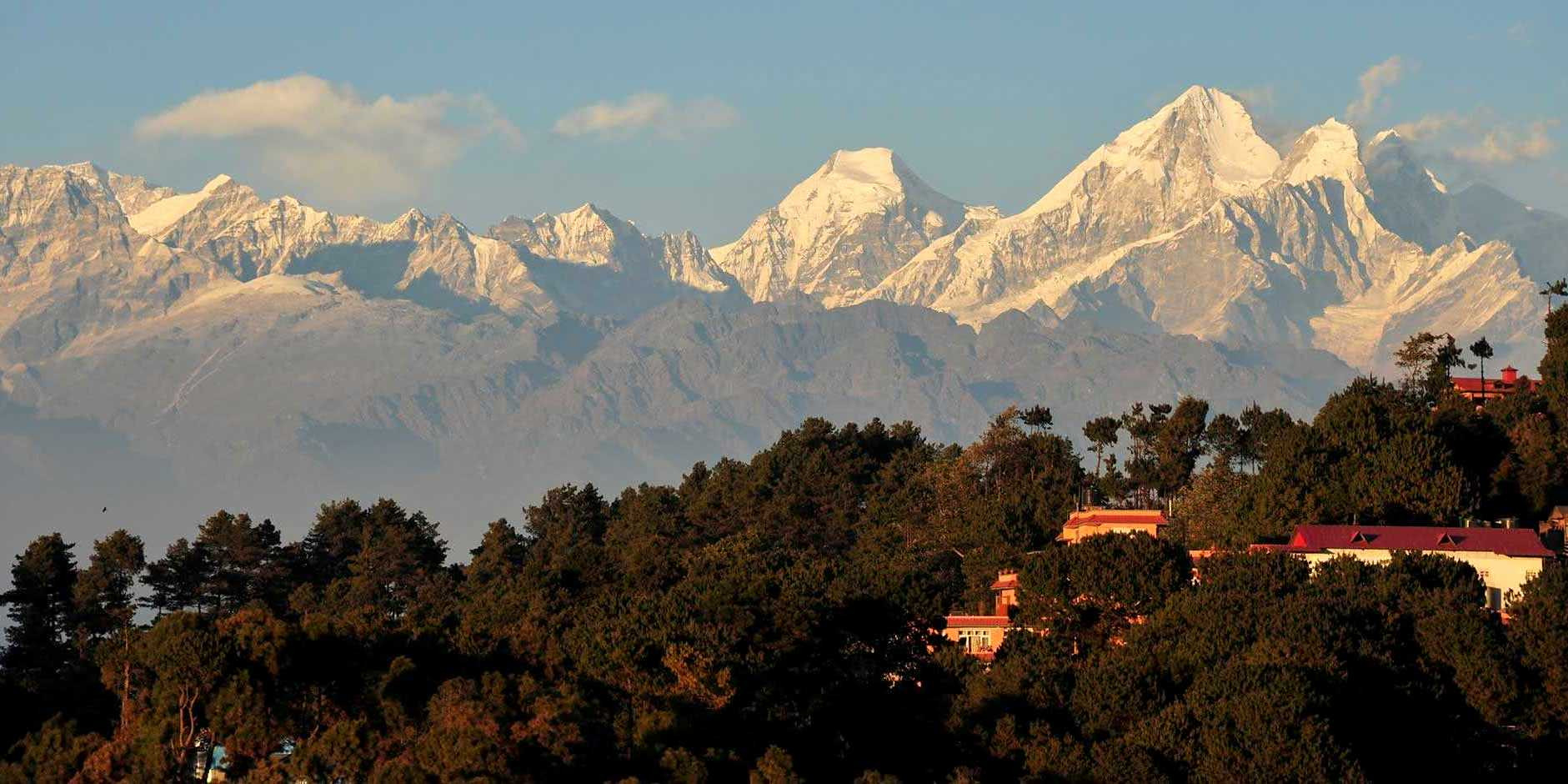
Scenic Views and Natural Beauty
-
Himalayan Panorama: Nagarkot offers some of the best vistas of the greater Himalayan ranges. On a clear day, visitors can see up to eight out of the 13 Himalayan ranges of Nepal. It is particularly famous for its sunrise and sunset views of the mountains.
-
Viewpoints: Several strategic viewpoints around Nagarkot, including the Nagarkot View Tower, provide optimal spots for photography and simply soaking in the vastness of the Himalayan landscape.
Hiking and Outdoor Activities
-
Hiking Trails: Nagarkot is connected to various trails that lead to and from Kathmandu, Bhaktapur, and other nearby locations. These trails offer enjoyable hikes through lush forests and local villages, suitable for all levels of trekkers.
-
Nature Walks: For those not looking for strenuous hikes, shorter nature walks around Nagarkot can be equally rewarding, providing peaceful encounters with the region’s natural flora and fauna.
Local Culture
- Rural Lifestyle: Exploring Nagarkot also provides insight into rural Nepalese life. The area is less commercialized compared to other tourist spots, offering a more authentic experience of the local culture.
Accommodation and Facilities
- Range of Options: Nagarkot has developed tourism infrastructure over the years and now hosts a range of accommodations, from luxury hotels to more modest guesthouses, all designed to capitalize on the spectacular mountain views.
Events and Timing
-
Photography Tours: Many visitors come to Nagarkot specifically for photography, to capture the changing light over the Himalayas at dawn and dusk.
-
Bird Watching: The surrounding forests are home to a variety of bird species, making Nagarkot a popular spot for bird enthusiasts.
Best Time to Visit
- October to April provides the clearest skies, although Nagarkot is worth visiting year-round. During the monsoon season (June to September), clouds and fog can obscure views, but the landscape turns lush and green.
Nagarkot is perfect for those looking to escape the hustle and bustle of Kathmandu for a day or two. Its proximity to the capital makes it an ideal spot for short trips focused on relaxation and the enjoyment of nature’s beauty. Whether you are there for the sunrise, a day hike, or simply to breathe in the fresh mountain air, Nagarkot offers a refreshing experience close to Kathmandu yet worlds away in terms of its natural calm and scenic splendor.
Tips for Places to Visit in Nepal on Your First Trip
Visiting Nepal for the first time is an exciting adventure filled with diverse possibilities. From towering Himalayan peaks to rich cultural festivals, there's a lot to see and do. Here are some essential tips to help you make the most out of your first trip to Nepal:
Plan According to the Season
-
Best Time to Visit: The best times to visit Nepal are during the pre-monsoon (March to May) and post-monsoon (September to November) seasons when the weather is clear and suitable for trekking and sightseeing.
-
Consider the Climate: Different regions in Nepal have varying climates. The mountains can be quite cold, especially at night, even during the warmer months, while the Terai region can be extremely hot in the summer.
Prioritize Key Destinations
-
Diverse Itinerary: Nepal offers a range of experiences from trekking in the Annapurna and Everest regions to exploring the cultural sites in the Kathmandu Valley. Decide what you want from your trip—adventure, culture, wildlife—and plan your itinerary accordingly.
-
Don’t overpack the Schedule: Travel in Nepal can be slower than you might expect due to the mountainous terrain and infrastructure. Allow plenty of time between destinations to accommodate travel delays or weather issues.
Embrace Local Culture
-
Cultural Sensitivity: Be respectful of local customs and traditions. This includes dressing modestly and asking for permission before taking photographs of people or religious sites.
-
Try Local Food: Don't miss out on Nepalese cuisine like momo (dumplings), dal bhat (lentil soup served with rice), and other regional specialties. Be cautious with street food, though, especially if you have a sensitive stomach.
Prepare for Trekking
-
Physical Preparation: If you plan to do any trekking, start an exercise regimen before your trip. Stamina and endurance are key, especially for high-altitude treks.
-
Hire Local Guides: Not only does hiring a local guide provide employment, but it also enhances your trekking experience with insights into the local culture and landscape that you might otherwise miss.
Stay Safe and Healthy
-
Altitude Sickness: Learn about altitude sickness and how to prevent it if you're trekking above 2,500 meters. Acclimatization days are crucial.
-
Travel Insurance: Make sure you have travel insurance that covers high-altitude trekking and medical evacuation, if necessary.
Responsible Tourism
-
Environmental Consideration: Be mindful of your environmental impact. Carry out what you carry in, especially in remote or ecologically sensitive areas.
-
Support Local Economy: Where possible, support local businesses by buying local products and using local services.
Communication and Connectivity
-
Local SIM Card: Consider buying a local SIM card for better connectivity and lower costs on calls and internet services.
-
Language: While many people in urban areas speak English, learning a few phrases in Nepali can be helpful and appreciated by locals.
Miscellaneous Tips
-
Pack Wisely: Bring layers for varying temperatures, especially in the mountains where weather can change quickly. Sunscreen, a hat, and good hiking boots are essentials.
-
Cultural Events: Check if your visit coincides with major festivals like Dashain or Tihar. Participating in these can provide a deeper understanding of Nepalese culture.
With these tips, your first trip to Nepal can be an enjoyable and fulfilling adventure, rich with memories that you'll cherish for a lifetime. Whether you're exploring ancient cities, trekking through stunning landscapes, or engaging with the warm-hearted people, Nepal offers an experience unlike any other.
Ideal Time for Places to Visit in Nepal on Your First Trip
Choosing the ideal time to visit Nepal largely depends on what activities you plan to engage in and the regions you intend to explore. The country experiences four main seasons, each offering different opportunities and experiences:
Autumn (September to November)
-
Best for Trekking: Autumn is the most popular time to visit Nepal for trekking. The weather is generally clear and dry, providing excellent conditions for hiking with the best visibility of the Himalayas.
-
Festivals: This season also coincides with some of Nepal’s biggest festivals like Dashain and Tihar, giving visitors a wonderful glimpse into the cultural vibrancy of the country.
Winter (December to February)
-
Low Tourist Crowds: Winter is a great time for those who prefer to avoid crowds. The trekking routes are less crowded, and hotels may offer off-season rates.
-
Weather Considerations: The temperatures can be quite cold, especially at higher altitudes, so it’s ideal for trekkers who are comfortable with colder conditions. Lower regions and cities like Kathmandu and Pokhara remain relatively mild, which makes it pleasant for sightseeing.
Spring (March to May)
-
Flora and Fauna: Spring is another prime season for trekking, as the weather is warmer compared to autumn and the hillsides are covered in blooming rhododendrons and other flowers.
-
Wildlife Viewing: This season is also favorable for wildlife viewing in regions like Chitwan National Park, as the weather is warm and animals are often seen coming out to bask in the sun.
Summer/Monsoon (June to August)
-
Rainy Season: Summer, which coincides with the monsoon, can be tricky for trekking due to frequent rains that may cause landslides, especially in the hilly and mountainous regions. However, the rain also means lush landscapes, making this a good time for photographers and nature lovers.
-
Cultural Visits: For those interested in cultural tours around cities like Kathmandu, Patan, and Bhaktapur, the monsoon can still be a suitable time to visit, as significant rain typically occurs during the night or late afternoon, leaving mornings clear.
General Tips
-
Always Check Local Weather: Conditions can vary greatly depending on the altitude and specific region, so it’s crucial to check the local weather forecasts for the areas you plan to visit.
-
Prepare Accordingly: No matter when you plan to travel, proper preparation is key. For trekking, ensure you have the right gear for the season, and always plan for potential weather changes.
The best times to visit Nepal for a first trip, especially for activities like trekking and cultural exploration, are during the spring and autumn seasons when the weather is favorable and the natural scenery is at its most vibrant.
Perfect for a first-time trip looking for adventure, culture, and natural beauty, Nepal abounds in experiences. Every region of Nepal—from the grand paths of the Himalayas to the historical wealth of towns such Kathmandu and Bhaktapur—has something of its own. Plan your trip for the best experience during the ideal autumn or spring seasons, and immerse yourself in the area's traditions and scenery. Your visit to Nepal will help the strong local cultures and bring sustainable travel forward together with superb memories. Prepare to be enthralled by the energy and beauty of Nepal.
FAQs for Places to Visit in Nepal on Your First Trip
Q: What is the best time to visit Nepal?
A: The optimal times to visit Nepal are during the spring (March to May) and autumn (September to November). These periods offer clear skies, ideal weather for trekking, and excellent visibility of the Himalayan peaks.
Q: What are the must-visit places in Nepal for a first-time traveler?
A: Essential destinations include Kathmandu for historic sites, Pokhara for natural beauty and adventures, Chitwan National Park for wildlife, Lumbini for spiritual insights, and the Annapurna and Everest regions for trekking.
Q: Do I need a visa to visit Nepal?
A: Most foreigners need a visa, which can be obtained on arrival at major entry points or in advance from Nepalese diplomatic missions. Always check the latest visa requirements before traveling.
Q: Is it safe to travel to Nepal?
A: Nepal is generally safe for travelers. Use common safety practices like guarding personal belongings and avoiding isolated areas at night. Stay updated with local travel advisories.
Q: What should I pack for a trip to Nepal?
A: Pack according to your activities. Essentials include warm clothing, hiking boots, rain gear, a first aid kit, sunscreen, and medications.
Q: Can I trek in Nepal without a guide?
A: Trekking without a guide is possible but not advised in remote areas like Everest or Annapurna. Guides enhance safety and offer cultural insights.
Q: What are the accommodation options in Nepal?
A: Nepal has a range of accommodations from luxury hotels in cities to basic teahouses in trekking regions. Teahouses provide essential services and are common in popular trekking paths.
Q: What cultural etiquette should I be aware of?
A: Dress conservatively, remove your shoes before entering homes and temples, greet with "Namaste," use your right hand for eating and exchanging items, and ask for permission before taking photos.
Q: What is the currency in Nepal, and are credit cards widely accepted?
A: The Nepalese Rupee (NPR) is the currency. Credit cards are accepted in urban areas, but carry cash for rural regions, especially on treks.
Q: How do I deal with altitude sickness?
A: Prevent altitude sickness by ascending slowly, staying hydrated, avoiding alcohol, and considering altitude sickness medication. Include acclimatization days in your itinerary when trekking to high altitudes.
For the Nepal Tour ideas and suggestions.
If you are looking for different kinds of Nepal Packages, feel free to contact us.
